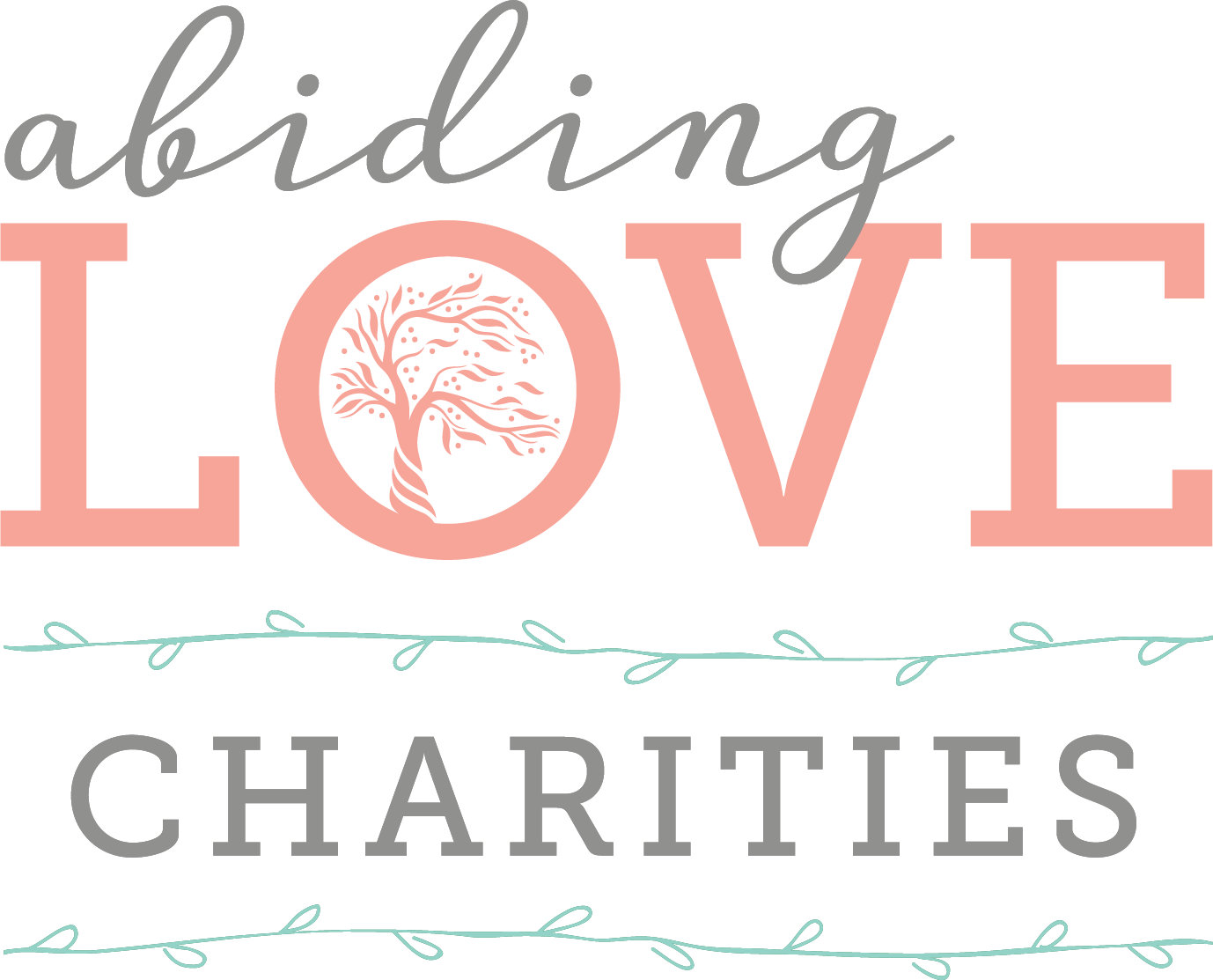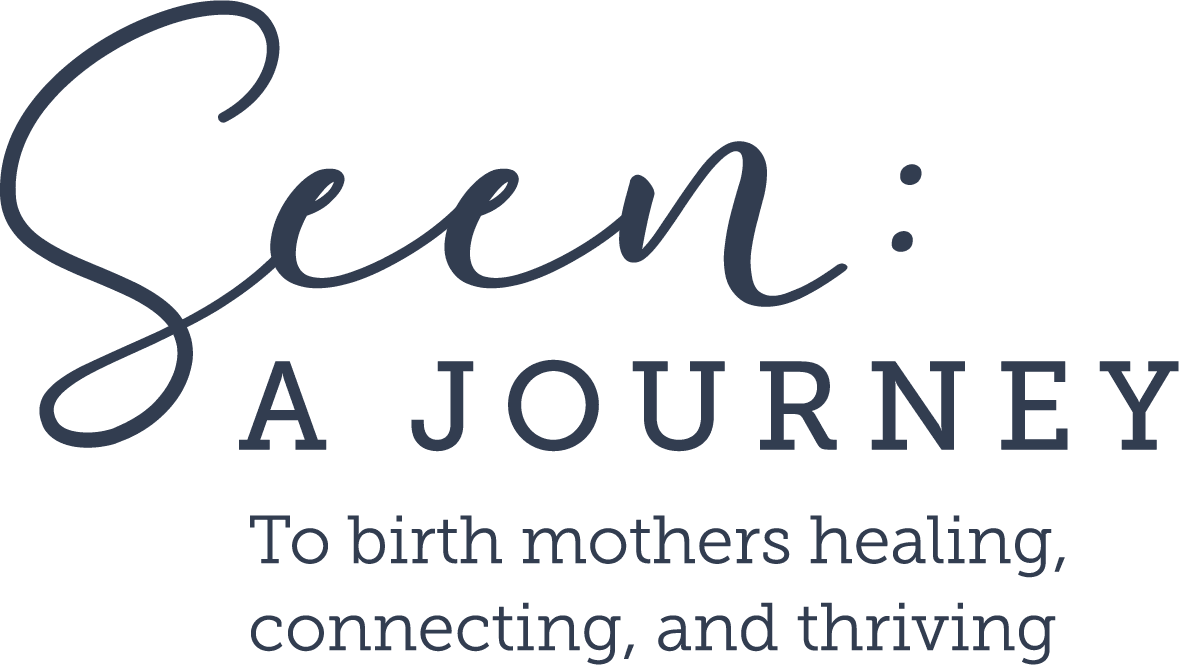Let’s talk race. It’s a sensitive topic in our society, yet ever present. Race issues within adoption are no exception. Studies show between 28-44% of all US adoptions are transracial. When thinking about transracial adoption, many people picture a white couple with a baby of color. There are also adoptive parents of color with white babies. There are adoptive parents of more than one race raising babies of yet another race. There truly is quite the varied number of ways that transracial adoptions are taking place in our country.
Negative stigmas, misinformation, painfully wrong assumptions, the practice of white-washing cultures away, and outright race issues within adoption are all still rampant in transracial adoption, even after it has become more commonly accepted by society.
Race Issues Within Adoption Have Roots In History
Let’s take a look at some examples throughout history to help us understand how we came to be where we’re at today. Sadly, a lot of the history shows predominantly white evangelicals with misguided good intentions, adopting a dillusional mission of saving children from underdeveloped countries by adopting internationally and bringing them to the US to live.
From 1854-1929 we had Orphan Trains which took children of immigrants from the east coast to the Midwest to be adopted by farming families of different descent during the agricultural boom. They statistically were treated more like indentured servants than family.
In the 1950’s-1970’s we had the Child Welfare League of America’s Indian Adoption Program.
In 1955 we had Holt International in Korea.
In the 1960’s we had Operation Pedro Pan in Cuba.
In 1975 we had Operation Babylift in Vietnam.
In 2004 we had World Help in Indonesia after a tsunami.
In 2007 we had Zoe’s Ark in Chad.
In 2010 we had multiple operations in Haiti after an earthquake.
Again and again, the often seen mentality of trading a life of poverty for a life of Caucasian American ideals being better than whatever horrible alternative life these minority children could have lived prevailed.
The Myths Involved In Race Issues Within Adoption
While there has been much reform over the years, it has left an impact with race issues within adoption. Some common myths we need to dispel:
- Color doesn’t matter.
As a society, part of what we have done to try and correct the forced assimilation adoptees of color faced in the past, is try to go so far as to say, “I don’t even see color. We’re all the same. You are you and your race and culture doesn’t matter.” That couldn’t be further from the truth. Transracial adoptees need to know their differences are seen and celebrated, not swept under the rug in an attempt to smooth things over. Birth parents of babies of color want to see adoptive parents that have a diverse environment with role models that share their baby’s traits so they can have positive influences reflected in their day to day surroundings that look like them. Adoptive parents in a transracial adoption must acknowledge color. The child absolutely will, so if adoptive parents don’t make a point to uplift and celebrate that part of the child, there will not be a ‘whole’ adoptee.
- Adopted children of color will see adoptive parents as their savior.
First of all, no birth mom is choosing adoptive families based on charity. Saviorism from the very beginning of the adoption process has to be dismantled. Adoptees do not deserve the burden of feeling they need to have been saved. This applies to both international and domestic transracial adoptions. No one is being saved. Therefore, there are no saviors.
- Normalizing transracial adoption is too hard.
Transracial adoption isn’t rare. Besides having open and honest conversations amongst ourselves, there are plenty of resources available online to aide in submersing ourselves in this ever growing space. It’s easily followed by the media. There are examples of biracial families made via adoption in celebrity families like the Pitt-Jolie family, and in movie portrayals such as The Blind Side. There are support groups online and in person. There are countless ways to educate and share stories in transracial adoption. We can all stand to learn about and celebrate cultures other than our own.
How You Can Face Your Own Races Issue Within Adoption
- What are some ways you have experienced colorblindness or whitewashing in adoption?
- What did you to help lift the veil and bring awareness of the problem?
- What are some ways you celebrate your transracial adoption?
- Do you need help breaking negative stigmas attached to a transracial adoption?
Please reach out at www.abidinglovecharities.org for resources and assistance with race issue within adoption.


